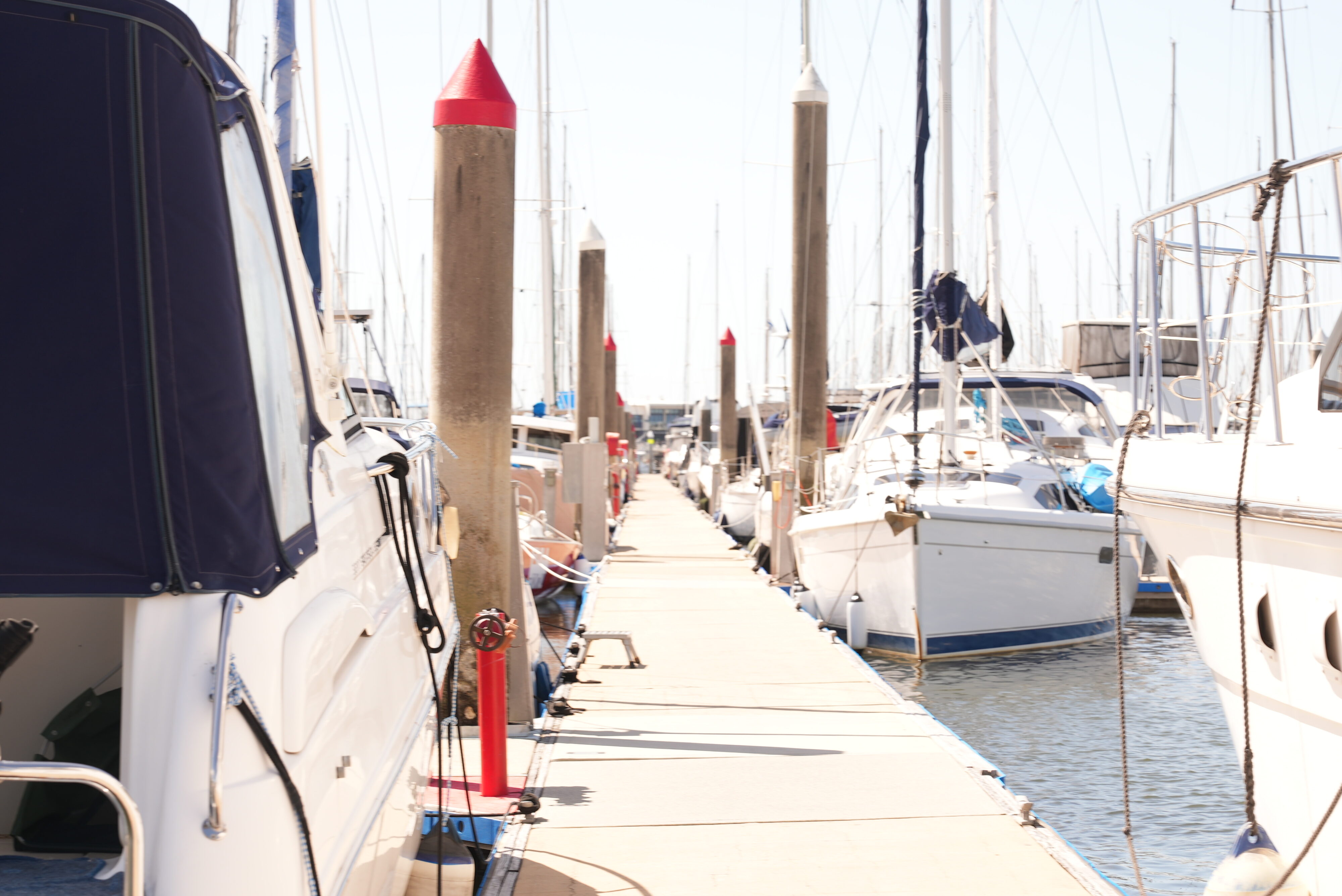
You’ve bought yourself a boat – what’s next
You’ve bought yourself a boat. Now what?
By Mark Smith
CEng, CMarEng, FIMarEST, BAppSc(MarEng)
Engineering Surveyor
Accredited Marine Surveyor: AMSA – 3242-6148 4
Qld EC lic. 73995
eCMID – AVI00674
Based in Brisbane, Australia, Mark Smith is an AMSA Accredited Marine Surveyor and a Chartered Marine Engineer with over 40 years’ seagoing experience. Mark is a member of the Australasian Institute of Marine Surveyors, and Fellow of the Institute of Marine Engineering, Science and Technology (IMarEST). Mark is the owner of SET Maritime & Electrical, designer of the revolutionary new shore connection device – ESHORE.
Congratulations! You’ve bought a boat. After the heady excitement of getting your boat wears off, there’s some serious stuff we need to talk about. As the Master of your boat, you’re responsible for everything that happens on it. There’re a few things you need to know.
As MSQ rightly points out, Masters need to be constantly aware of their responsibilities on the waterways, continually observing maritime regulations and safety requirements.
Handy checklist for first time owners
If it’s your first time, you’ll need to check the following:
- Secure boat insurance
- Determine where you will berth (or store) your boat
- Understand basic maintenance requirements
- Equip your boat with the required safety equipment
- Follow a pre-departure checklist
- Master basic on-the-water operating skills.
- Always practice safe and responsible boating
Know the laws
You already have your boat license so you’ve covered some of the laws in the course, however you may not be aware of all of them. Or perhaps your memory is like mine and you’ve forgotten some things. Be sure to read up on all of your state’s laws regarding boating, because the excuse of ‘I didn’t know’ isn’t going to fly. Here are links to each state’s boating rules and regulations:
- NSW – Maritime Safety
- NT – Marine Safety
- QLD – Marine Safety
- TAS – Marine and Safety
- VIC – Maritime Safety
- WA – Transport Marine
- SA – Marine Safety
These rules and regulations are set out in Legislation that each of the States and Territories have enacted for Marine Safety. All these documents are a very dry read, but they do set your obligation and responsibility for safety at sea for your family, passengers and you.
So, as the boat’s Owner and Master, you must ensure that the boat is seaworthy, maintenance is up to date, lifesaving equipment is current, and you have a voyage plan.
One important area that tends to be overlooked is that of the vessels electrical systems as they are hidden away out of sight. But like all systems on your boat, these also need maintenance.
Being the responsible person for this you need to ensure the safety of people on board. Failure to meet these obligations and responsibilities, could result in the injury or death and of course, can lead to prosecution.
Electrical – Australian Standards and Compliance
As Master of your boat, you are responsible for and need to understand and abide by relevant Standards and legislation for recreational boats. Below are some of the standards that are associated with marine safety.
- AS/NZS 3004.2:2014 – Electrical installations-Marinas and boats; Part 2: Boat installation
- AS/NZS 3017:2007 – Electrical installations—Verification guidelines
- AS/NZS 3019:2007 – Electrical installations—Periodic verification
- AS/NZS 5033: 2014 – Installation and Safety requirements for Photovoltaic (PV) arrays
- AS/NZS 5139:2019 – Electrical installations – Safety of battery systems for use with power conversion equipment.
Some of Standards listed above may not seem to be related to boat electrical safety, however it should be noted that each of the States and Territories have enacted an Electrical Safety Act. These all detail that the attending Electrician will ensure installation is reasonably practicable to ensuring electrical safety. This means that they must justify the installation and the simplest way is to reference a related Standard.
What you need to know
The Australian Standard that relates to electrical boat safety (AS/NZS3004.2) is the principal document and there are a number of other Standards that are referenced or related to this document. As the Master of your boat, you should have an understanding of the electrical installation of your boat. This is when an Electrician should be called to explain, help and ensure the compliance requirements for your boat’s electrical installation.
However not all Electricians are fully aware of these specific compliance requirements for marine installations set out in the Australian Standards for electrical boat safety. Unfortunately, not all Electricians have an understanding of maritime installation over shore installations. A specific knowledge of marine electrical installations is imperative for safety, covering (but not limited to):
- Cable And Wiring Installation and Termination
- Power Supply Systems (Generation/Emergency)
- Shore Connection Arrangements
- Earthed Neutral and Non-Neutral Earthed System
- Protection Against Overcurrent
- Inverters
- Solar Cells (PV Arrays)
- Batteries systems
What you need to do
To make sure you are doing the right thing in ensuring electrical safety on your boat, there are visual inspections and limited testing you can do:
- Visual Inspection checklist for the electrical installation
- Limited Testing Program (non-invasive)
- Set a frequency for Periodic Verification, a by an Electrical Contractor
- Frequency of periodic verification is not detailed. However, you must as the boat Owner and Master ensure that safety devices operate correctly and installation is corrected. A recommend interval would be a 5-year cycle (as detailed for Domestic Commercial Vessel)
- Have your ‘Shore Power Supply Lead’ tested not less than once every 12 months and display a current test tag
To read more on this, refer to some of my other articles. https://setmaritime.wpengine.com/articles/
To find out more about ESHORE a device I designed to ensure compliance and safety for shore connections, click here. https://setmaritime.wpengine.com/eshore/